Description
Magnesium caprylate:
Magnesium caprylate is a medium chain fatty acid. Caprylic acid (as magnesium caprylate) is best taken in conjunction with a low yeast and low sugar diet.
Cinnamon bark powder:
The cinnamon plant is a small, evergreen tree belonging to the family of Lauraceae within the genus, Cinnamomum. This spice is native to Sri Lanka, but is also now grown in many other countries such as Indonesia, Myanmar, Bangladesh, India and China. It contains tannins, coumarin, flavonoids (such as carotenes, zea-xanthin, lutein and cryptoxanthin) and essential oils such as eugenol (a phenylpropanoids class of chemical compound that is responsible for its pleasant, sweet aromatic fragrance), ethyl cinnamate, linalool, cinnamaldehyde, beta-caryophyllene and methyl chavicol. It also contains vitamins and minerals like potassium, calcium, manganese, iron, zinc, magnesium. vitamin A, niacin, pantothenic acid and pyridoxine.
Clove powder:
A fragrant spice, Eugenia caryophyllus Spreng or cloves contain a heavy volatile oil, a camphor resin, flavonoids and sterols.
Shiitake mushroom powder:
Lentinus edodes are widely eaten as a food and used in herbal preparations in the Far East and South America. They have more recently grown in popularity in the West and contain triterpenes, polysaccharides and lentinan.
Garlic powder extract:
Allium sativum is a bulbous plant. It is widely used around the world for its pungent flavour, as a seasoning or condiment. Garlic contains several nutrients, including vitamins B1, B5, B6 and C, and the dietary minerals manganese, phosphorus, calcium, iron and zinc.
Glucomannan:
Glucomannan is a water-soluble polysaccharide that is classed as a form of dietary fibre and is usually derived from the konjac root. It can absorb up to 100 times its own weight in water.
Pumpkin seeds:
Pumpkin seeds (Cucurbita pepo. Cucurbita maxima, Duch.) contain vitamin A, B vitamins, minerals (such as calcium, iron, phosphorus and zinc) and other nutrients such as linoleic acid and cucurbitacins.
Chicory root:
Cichorium intybus contains vitamin A, B-vitamins and vitamin C, potassium, fibre and oligosaccharides.
Grapefruit seed:
Grapefruit seed extract, not to be confused with grapeseed extract, contains bioflavonoids including hesperidin.
Cayenne:
Fiercely hot and pungent, cayenne, also known as cayenne pepper, is one of the most widely used spice ingredients for culinary purposes. Cayenne fruits are slender, elongated pods derived from the capsicum family plant (a cultivar of Capsicum annuum related to bell peppers, jalapeños, paprika, and others). Cayenne contains vitamin A, vitamin B6, vitamin E, vitamin C, riboflavin, potassium and manganese. It is also a source of capsaicin.
Fenugreek seed:
Trigonella foenum-graecum or fenugreek is a herb which contains flavonoids, volatile oil, saponins and alkaloids.
Olive leaf:
Olea europea or olive leaves contain elenolic acid.

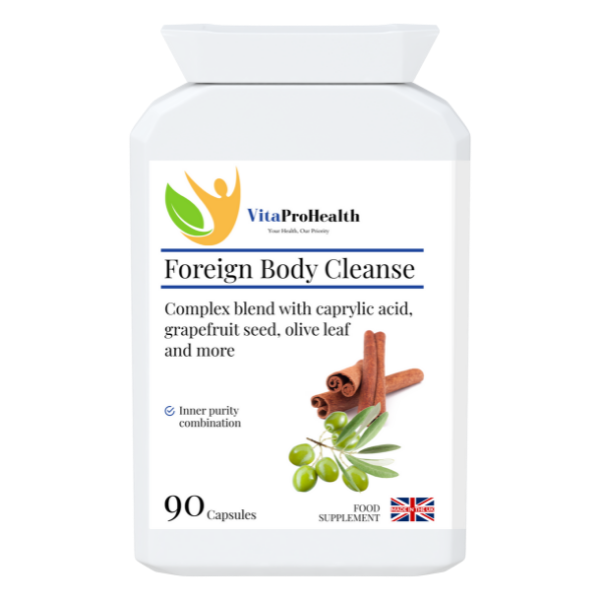
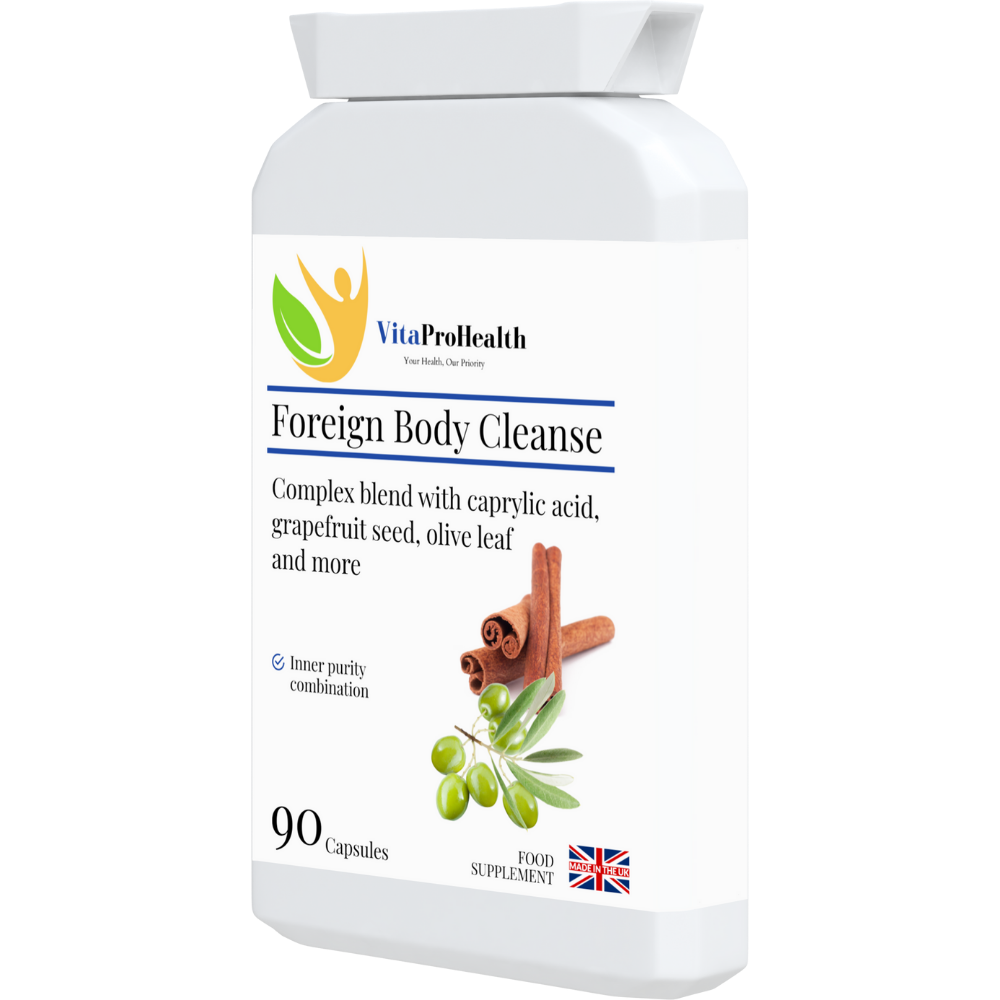

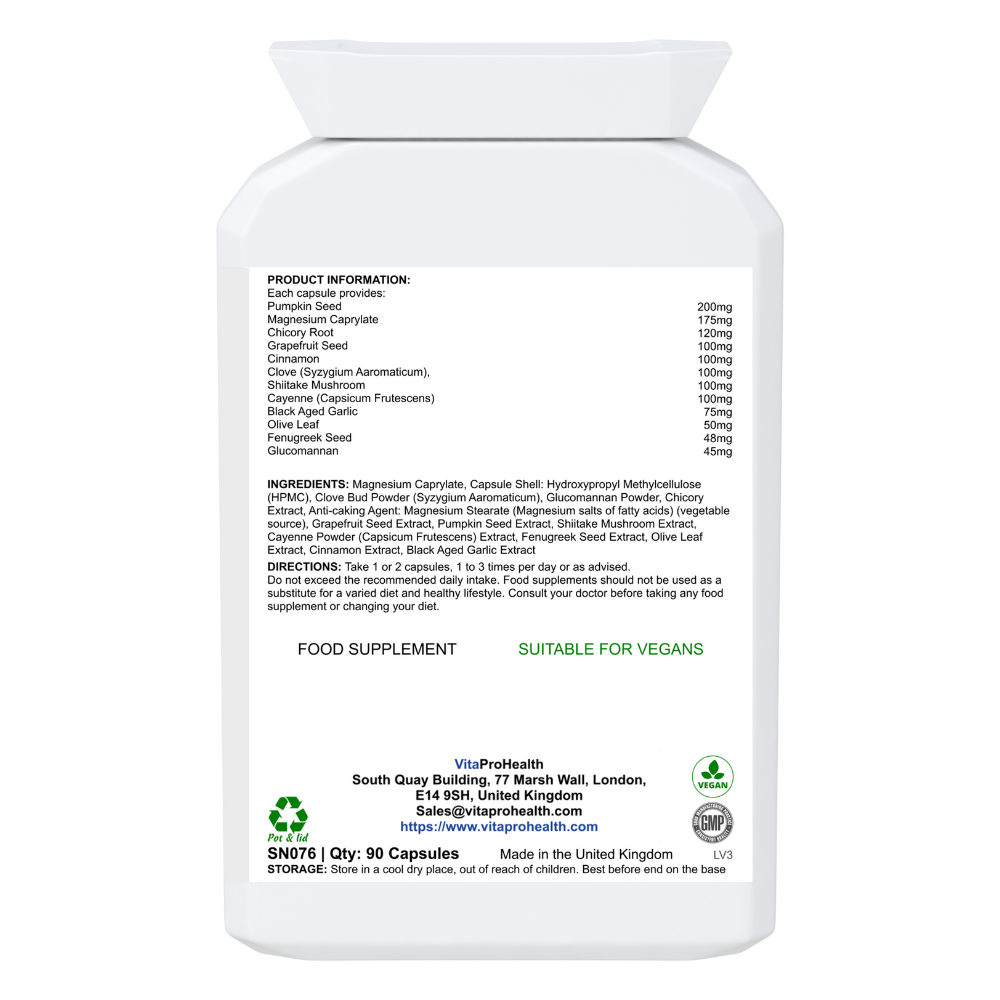
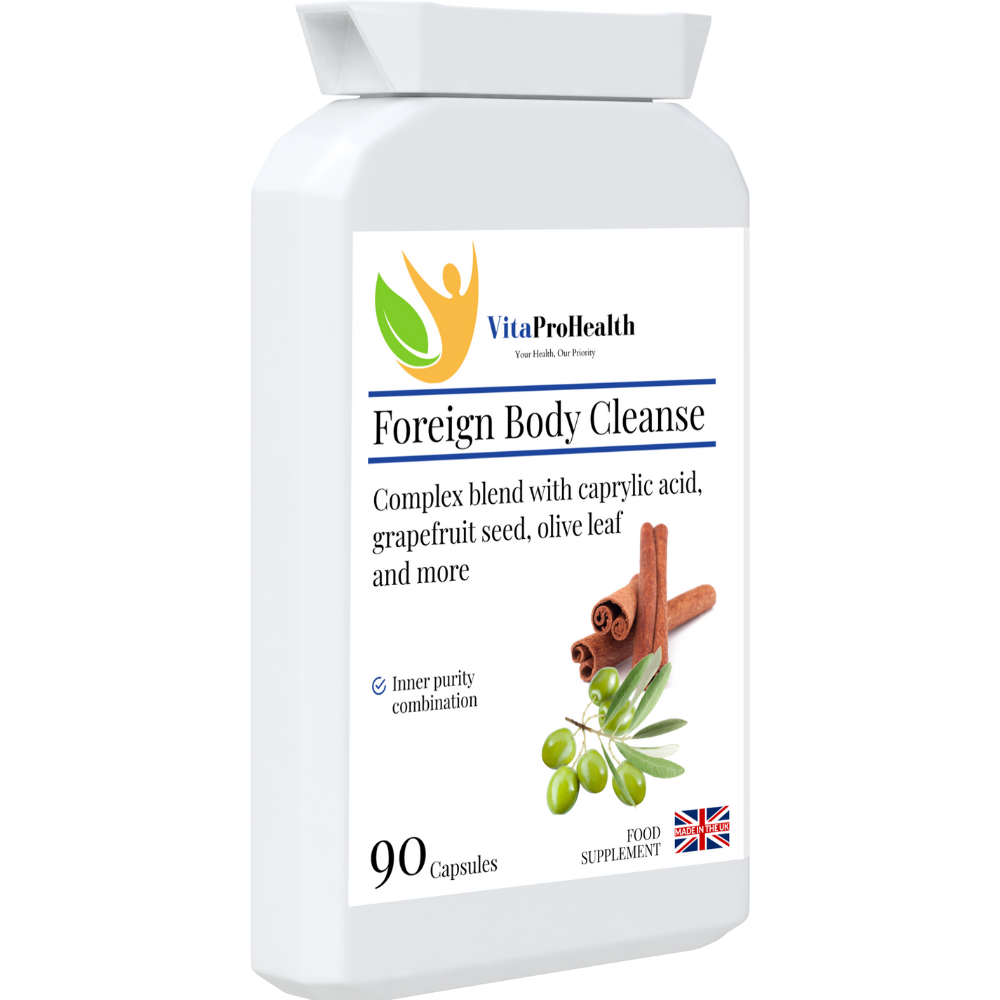
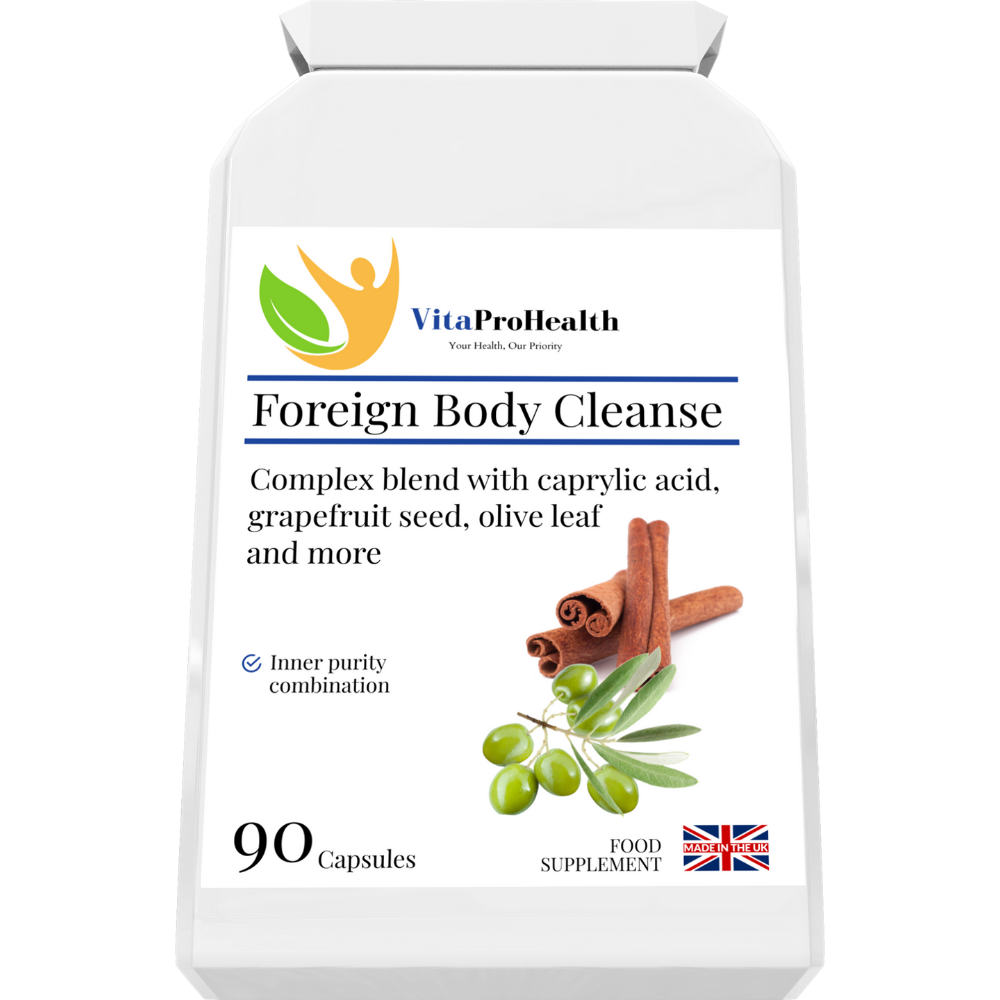







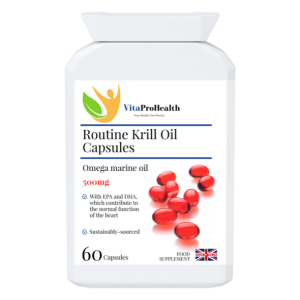
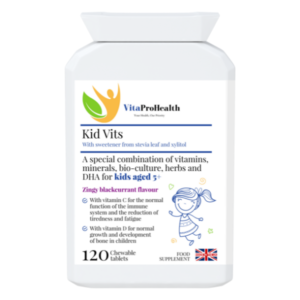
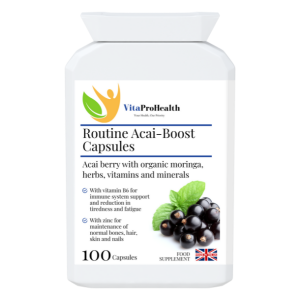
Reviews
There are no reviews yet.